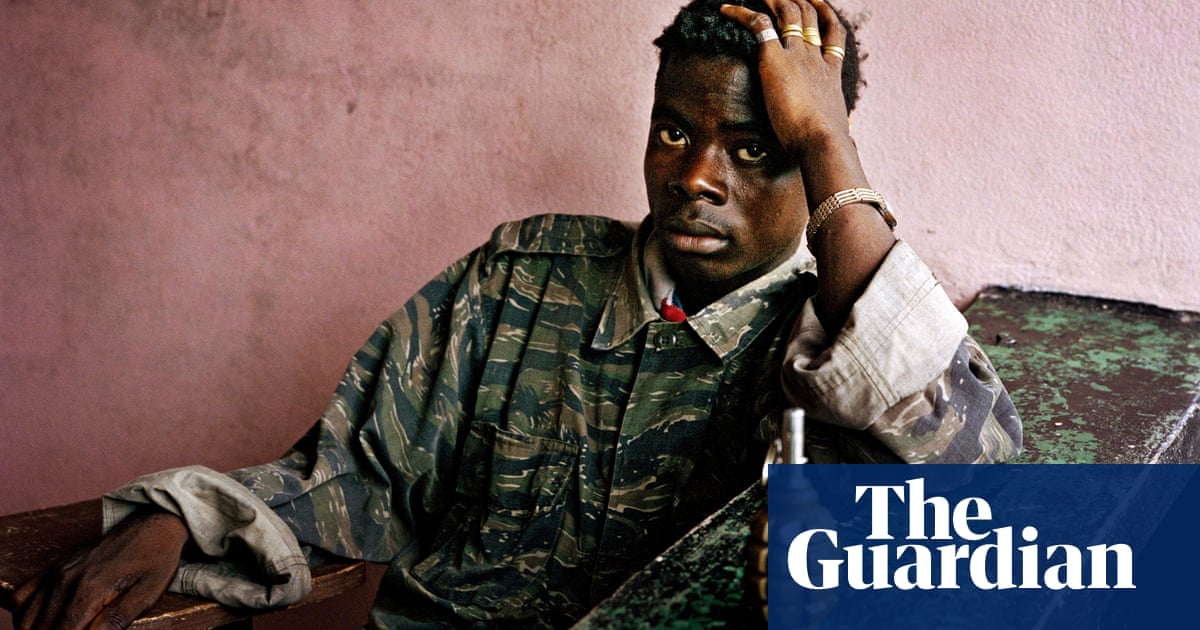
‘Film: The Living Record of Our Memory’ Review: A Dynamic Look at What It Takes and What It Means to Save Movies From the Dustbin
There’s a documentary aspect to every film, whether it’s a home movie, a commercial or even the glossiest tentpole: The images and sounds capture transient moments that memorialize people, animals, places. They give permanence to the impermanent. But imagine a world in which those films have disappeared — as an estimated 80 percent of silent films and half of sound films already have. In the robust and incisive Film: The Living Record of Our Memory, Inés Toharia, a documentarian specializing in film preservation, invites us to consider the ways movies have become essential to the human experience.
Related Stories
The director spends quality time with a few well-known filmmakers and many of the “backstage people,” as one interviewee puts it, who devote their energies to safeguarding a vast array of moving images from the ravages of time, neglect and climate, not to mention obsolescence in the wake of ever-evolving formats and technology. Covering a lot of ground with spirited elegance, The Living Record will delight and enlighten cinephiles and students alike. Taking its Los Angeles bow at the American Cinematheque after a New York run at Film Forum, it’s a natural for screenings that cater to buffs as well as for film-studies curricula, and would be no less at home in history and art classes.
Film: The Living Record of Our Memory
The Bottom LineInspired and inspiring.Release date: Sunday, March 5 (Los Angeles)
Director-screenwriter: Inés Toharia
1 hour 59 minutes
The dozens of artists and experts who appear in the doc, many in new interviews, include Costa-Gavras, Jonas Mekas (who died in 2019), Patricio Guzmán, Ken Loach, Wim Wenders and Fernando Trueba. However familiar that sampling of Western luminaries may be, one of the strengths of Toharia’s approach is its breadth. Six languages are spoken in the doc, and the director’s survey of archivists, preservationists and filmmakers spans the globe. Among the many trenchant points she makes is the need to redefine the canon beyond the usual suspects in the States and Europe. Two of the world’s three largest film industries, Toharia points out, are in India and Nigeria.
Like any newfangled thing, movies were at first regarded as a novelty. The film stock itself and the stories it contained were disposable. Some movies were melted down for the silver they contained, others went up in nitrate flames. But for anyone who’s been lulled into a sense of complacency by digitization, The Living Record makes clear that digital is no fail-safe solution. Toward the end of its running time, the doc offers a quick rundown of potential remedies, or maybe it’s a tech prose poem: synthetic DNA, nanofiche, Piql film, 5D memory crystal, Totenpass.
However much has been lost, glimpses of the vaults at the Library of Congress and the voluminous holdings in archives and cinematheques around the world are daunting: That’s a lot of material to keep at optimal temperature. Cinematographer Daniel Vilar captures the hermetic air of these storage chambers as affectingly as he zeroes in on the congealed or disintegrating contents of canisters that weren’t lucky enough to be found in time. For those that are, the painstaking work of being preserved can take years.
As one interviewee puts it, loss is the foundation of archiving. If you’ve experienced the loss of one cinematic gem (or — sob! — family home movies), the fervent goal is to prevent more such casualties. With loving perseverance, dedicated pros rescue potential treasures from basements, abandoned houses and dark places where mice have gone to die. They rescue discarded equipment too — machines and paraphernalia that become irrelevant to film-processing labs as they go digital, but which are necessary to anyone still working with film stock. Loach fondly recalls how the digital meisters at Pixar came to his rescue, mining the company’s sentimental collection of quaint old gear when he needed coding tape for editing.
The editing in The Living Record, by Abraham Lifshitz and the helmer, is precise and graceful, propelling the doc with an effortless pulse and bringing new light to the phrase “archival material.” Excavating the very collections that are the beating heart of her doc, Toharia makes deft choices. Whether the footage depicts Nazi-era Vienna, Dust Bowl migrants or California’s internment camps for Japanese Americans during World War II, she offers eloquent reminders of how much we learn about other cultures as well as our own by watching films.
She recognizes the important awakening of the L.A. Rebellion filmmakers but also the value of Stan Brakhage’s hand-painted films and Barbara Rubin’s avant-garde excursions. Among her interviewees are the relatively obscure celluloid artist Emmanuel Lefrant and Bill Morrison, renowned among the art house crowd for films that ponder the beauty of distressed and decaying footage. Toharia acknowledges the ultraromantic MacGuffin of famous filmmakers’ lost films (maybe, though, one interviewee suggests, it would be better not to find Hitchcock’s The Mountain Eagle). But her doc notes, too, the many films, barely seen and unwritten about, by artists who aren’t even in the margin of the textbooks.
With the exchanges and collaborative efforts among foundations, archives and cinematheques, the realm of film conservation offers a model of international cooperation. FIAF (International Federation of Film Archives), founded in 1938 as a joint venture by the Cinémathèque Française, the Reichsfilmarchiv in Berlin, the British Film Institute and the Museum of Modern Art in New York, now has a membership of more than 170 organizations in dozens of countries.
Whether those organizations’ work should be government-funded projects rather than entrepreneurial undertakings is another burning question that courses through The Living Record. Either way, if we’re ever to learn from the past — a big if, but perhaps it’s still too early to surrender to despair — then this work matters and, in the purest sense, its preservation is of the deepest political consequence. Through films we bear witness to atrocities and wonders, crimes against humanity and everyday joys. We learn where we came from, and see what we dream of. Costa-Gavras puts it succinctly: “Politics is not ‘Who did you vote for?’ Politics is everything.”

























































